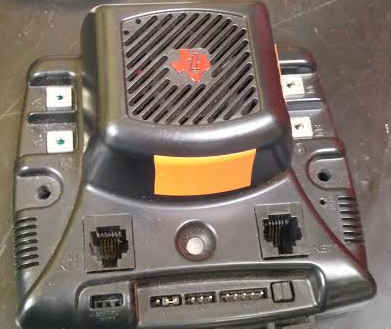

The robot gets the results and uses them to control the robot behavior such as aiming, driving to a target, setting shooter speed, etc. Then send those variables to the robot using NetworkTables. The idea is that you create a sequence of image processing steps with RoboRealm that create the results in variables. There is a card included with your kit of parts that contains instructions for getting RoboRealm. of the documentation for the Beta test will be located on Screensteps but there may still.

opencv, cscore, ntcore, pynetworktables, robotpy-cscore, Java 11, etc), and. Contributing to WPILib presentation from the FRC Championship. For Java and C++, installing the 2014 Sample Vision program will include a bunch of pictures taken with an Axis camera of the actual field that you can use to make sure your vision algorithm works. I’m pleased to announce the availability of the kickoff release (2019.1.1) of FRCVision, an off-the-shelf Raspberry Pi 3 image for FRC use, brought to you by WPILib This Raspbian-based image includes the WPILib and RobotPy C++, Java, and Python libraries required for vision coprocessor development for FRC (e.g. In fact, you can write programs with just images that were taken such as those that come with any of the three language distributions. Using RoboRealm is easy since you don't need a robot to try it. CSCore - The CScore camera vision library from WPI.
WPI LIB SCREENSTEPS CAMERA DRIVER
RoboRealm is a desktop vision application that you run on your driver station and can connect to a camera on your robot, do a set of vision processing steps that you define, then send the results back to the robot using NetworkTables. WPILib ScreenSteps - Old and unsupported documentation for hardware and officially supported.


 0 kommentar(er)
0 kommentar(er)
